High air pollution
According to environmental experts, in addition to factors related to weather, construction and industrial activities, emissions from motorbikes and cars using fossil fuels are the main culprits causing environmental pollution, especially increasing the concentration of fine dust PM2.5.
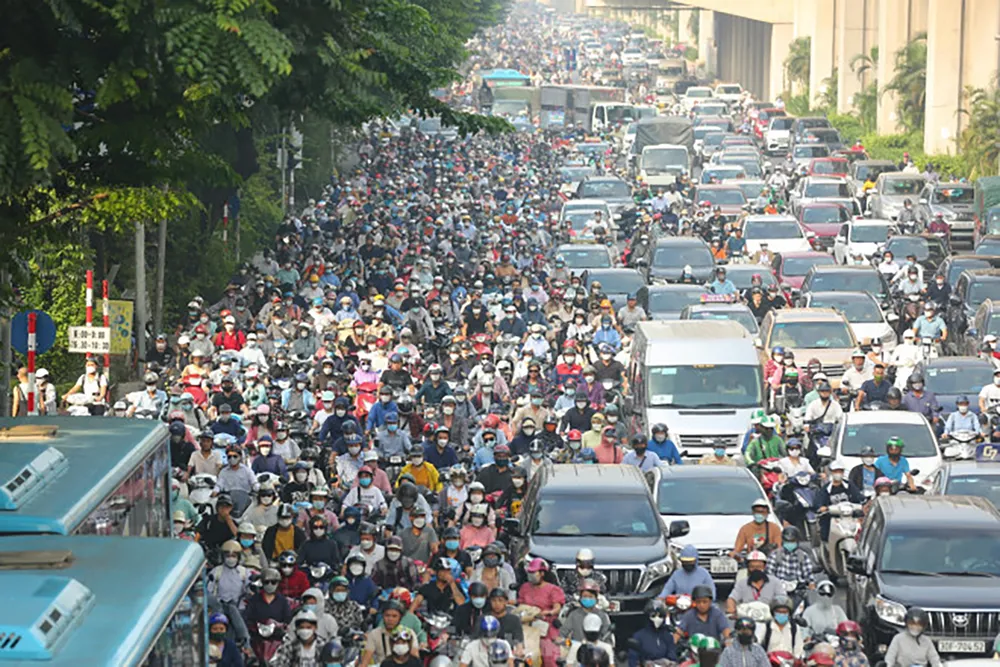
According to statistics from the Vietnam Association of Motorcycle Manufacturers, it is estimated that Hanoi currently has over 9 million vehicles, of which about 7 million motorbikes, most of which have been used for more than 10 years, causing great pressure on reducing urban environmental pollution. Ms. Bui Thi An, Director of the Institute of Natural Resources, Environment and Community Development, said that Hanoi is often among the most air-polluted cities in the world , especially fine dust. This not only affects public health but also damages the image of a capital city that is aiming for a green - civilized - modern goal.
In order to reduce environmental pollution, in Resolution No. 04 approved by the Hanoi People's Council on July 4, 2017, Hanoi has set a roadmap to gradually limit the operation of motorbikes in some areas, and stop motorbikes in the inner city by 2030. However, the acceleration of the roadmap (effective from July 1, 2026) is making people very worried when it is unclear which means of transport will replace gasoline motorbikes in the conditions of low income, limited public transport and modest infrastructure for electric vehicles.
If gasoline-powered motorbikes are not allowed to enter Hanoi's Ring Road 1 from July 2026, not only will people living in the Ring Road 1 area be affected, but people working and doing business from outside Ring Road 3 and Ring Road 2 to Ring Road 1 will also have to switch to electric vehicles or switch to public transport.
Have roadmap and support policy
According to experts, one of the biggest barriers to switching from gasoline and diesel vehicles to electric vehicles in Hanoi is the charging station system, battery life and parking system to ensure fire safety. With the current number of gasoline-powered motorbikes in the capital, if switching to electric vehicles in the next year, Hanoi must quickly develop a network of charging stations covering all residential areas and must ensure safety, because in reality, there have been many serious fires and explosions in Hanoi caused by electric vehicles. Moreover, with millions of gasoline-powered motorbikes today, if discarded, it will lead to waste and cost for people.
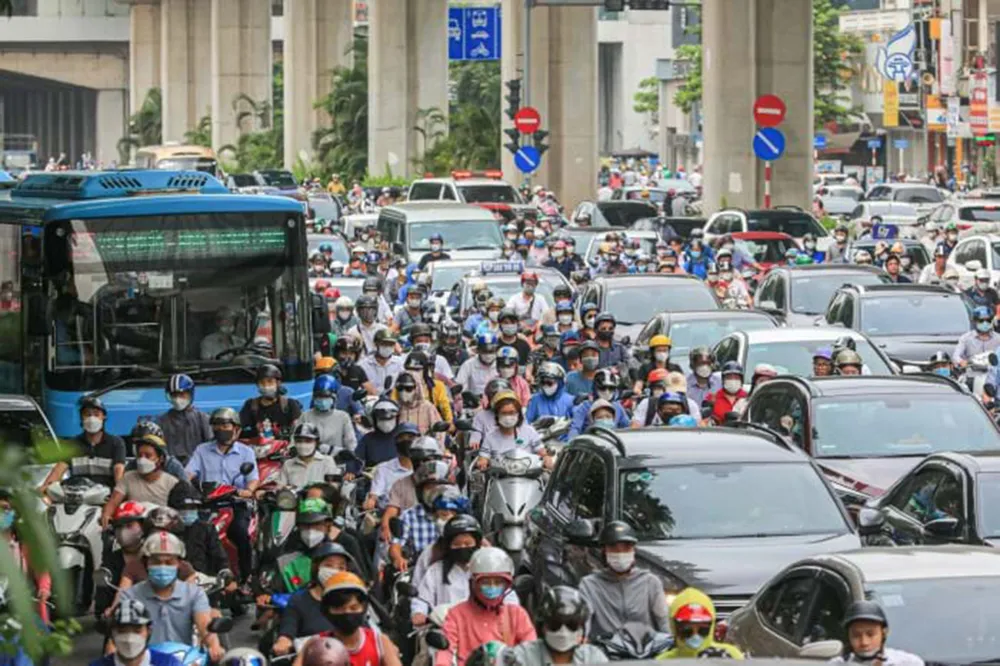
Ms. Bui Thi An believes that Hanoi should ban gasoline-powered motorbikes from the road in the future, but there must be a clear roadmap and support policies. If it is done hastily, it will lead to negative reactions and cause difficulties for people. Moreover, if not well controlled, the electric vehicle market can be inflated, creating a wave of speculation and policy exploitation.
Regarding issues related to people's livelihood when switching to green vehicles, Mr. Duong Duc Tuan, Vice Chairman of Hanoi People's Committee, said that, implementing Directive No. 20/CT-TTg of the Prime Minister , Hanoi is studying a support mechanism to collect and exchange about 450,000 gasoline and oil-powered motorbikes of people living in Ring Road 1, before the city bans fossil fuel vehicles in Ring Road 1 from July 2026. The support policy will be built based on the results of a thorough review of each group of users and each type of vehicle. Hanoi People's Committee will report to the City Party Committee and submit to Hanoi People's Council for consideration and promulgation of a support policy for almost all costs related to the conversion, such as: registration fees, registration fees for new electric vehicles, etc.
- Mr. NGUYEN CONG HUNG, Vice President of Vietnam Transport Association:
The most important issue now is how the authorities will strictly control the standards and quality of electric motorbikes and charging equipment to avoid fires and explosions. Currently, the market has many types of electric motorbikes, both domestically produced and imported, including many cheap ones with unclear origins. In addition, the infrastructure conditions in apartment buildings are also very worrying.
Previously, each apartment building only had a few dozen electric motorbikes. If the rate of electric motorbikes increases to 80%-100%, the power grid will certainly be overloaded, posing a risk of fire and explosion, especially in old apartment buildings. This will be a big problem for urban management. An apartment building usually has 200-300 apartments. If not managed closely, the consequences will be unpredictable.
- Dr. of Economics VU DINH ANH:
I support the policy of accelerating the progress of emission control in the core area of Hanoi, because the pollution problem has reached an urgent level. However, it is necessary to simultaneously implement emission control measures for cars in the beltway area 1, because cars are also a type of vehicle that emits a lot of emissions. Controlling car emissions together with motorbikes will bring higher efficiency, be fairer to vehicle owners, and avoid the feeling of frustration when the poor are affected first.
Source: https://www.sggp.org.vn/khong-cho-xe-may-chay-xang-luu-thong-trong-vanh-dai-1-ha-noi-huong-toi-muc-tieu-do-thi-xanh-van-minh-hien-dai-post803903.html



![[Photo] General Secretary receives heads of political party delegations from countries attending the 80th anniversary of our country's National Day](https://vphoto.vietnam.vn/thumb/1200x675/vietnam/resource/IMAGE/2025/9/1/ad0cb56026294afcae85480562c2e790)
![[Photo] Chu Dau Ceramics – Proud of Vietnamese identity at Exhibition A80](https://vphoto.vietnam.vn/thumb/1200x675/vietnam/resource/IMAGE/2025/9/1/c62ab2fc69664657b3f03bea2c59c90e)
![[Photo] Celebration of the 65th Anniversary of the Establishment of Diplomatic Relations between Vietnam and Cuba](https://vphoto.vietnam.vn/thumb/1200x675/vietnam/resource/IMAGE/2025/9/1/0ed159f3f19344e497ab652956b15cca)
![[Photo] People eagerly wait all night for the parade on the morning of September 2](https://vphoto.vietnam.vn/thumb/1200x675/vietnam/resource/IMAGE/2025/9/1/0cf8423e8a4e454094f0bace35c9a392)
![[Photo] Solemn reception to celebrate the 80th anniversary of the National Day of the Socialist Republic of Vietnam](https://vphoto.vietnam.vn/thumb/1200x675/vietnam/resource/IMAGE/2025/9/1/e86d78396477453cbfab255db1e2bdb1)
![[Photo] National Assembly Chairman Tran Thanh Man receives Cambodian Senate President Hun Sen](https://vphoto.vietnam.vn/thumb/1200x675/vietnam/resource/IMAGE/2025/9/1/7a90c9b1c1484321bbb0fadceef6559b)





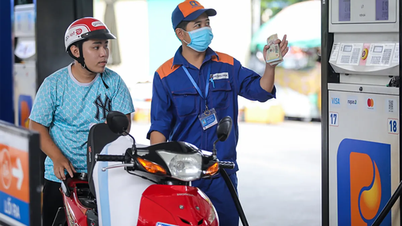



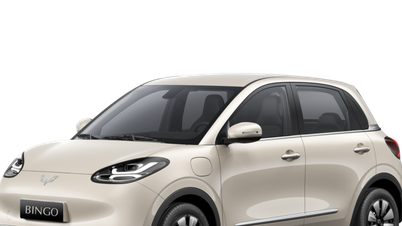

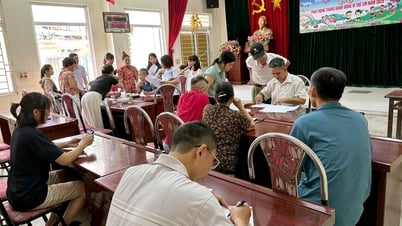


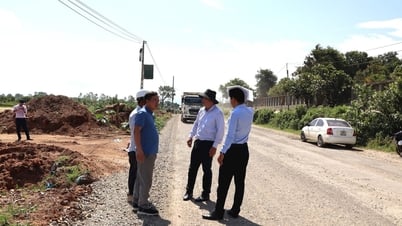

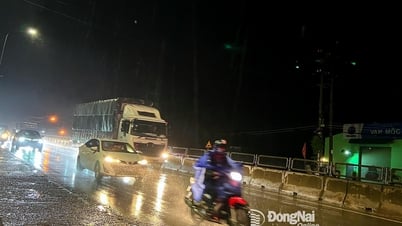












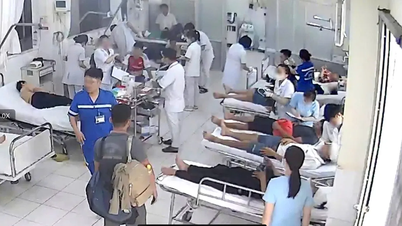
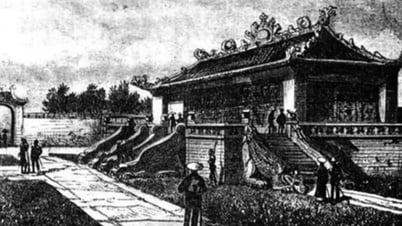

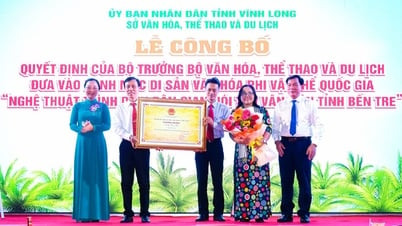









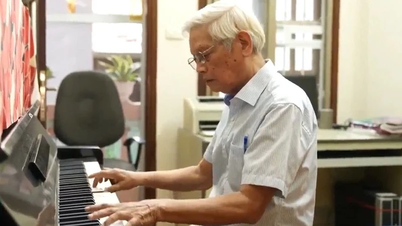






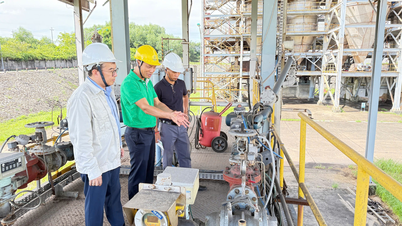


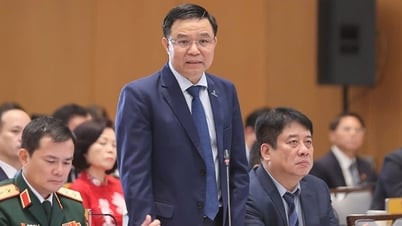
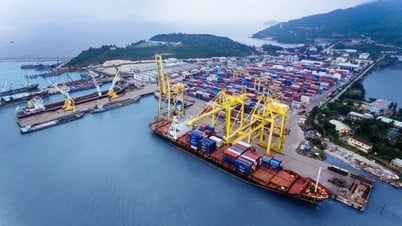





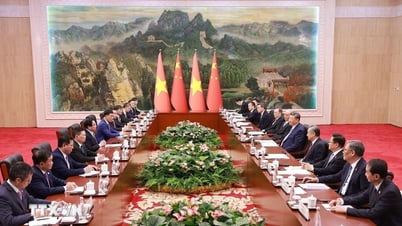
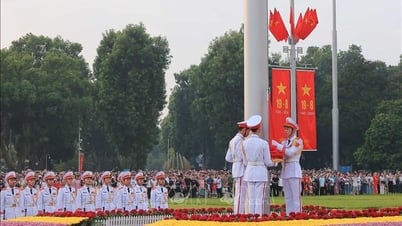


























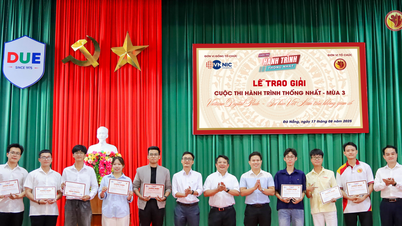








Comment (0)